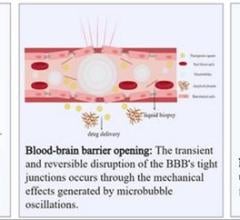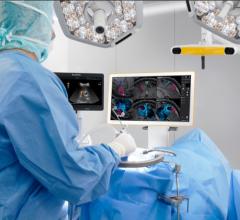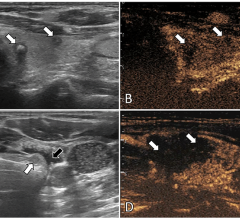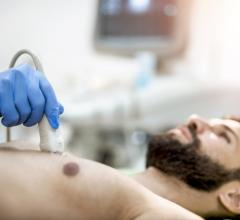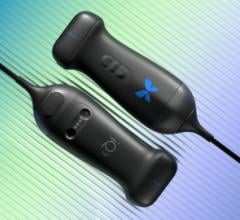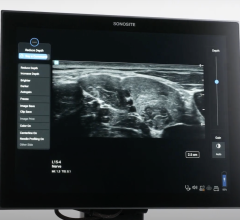February 21, 2013 — The American Society of Echocardiography (ASE) has released a list of five interventions whose appropriateness physicians and patients should discuss as part of Choosing Wisely, an initiative of the ABIM Foundation, along with Consumer Reports. Fourth in the list, they ask that patients and their doctors talk about the real need for a stress echocardiogram if they do not present conditions that would warn them of a risk of heart disease.
Avoid using stress echocardiograms on asymptomatic patients who meet “low-risk” scoring criteria for coronary disease.
Prior to ordering or undergoing a stress echocardiogram a patient’s risk factors and symptoms should be carefully assessed. The presence of risk factors for heart disease and/or symptoms suggestive of coronary artery disease improves the chance that an abnormal test will reflect true disease in the heart.
Stress testing is performed to determine whether or not there are blockages in the arteries of the heart and whether or not the blockages are severe enough to affect blood flow to the heart. During a stress echocardiogram the heart is challenged either by exposure to exercise or to medications that can simulate the work of exercise. Echo pictures are taken at rest and then following the stress component of the test. Using echo, the presence of a significant blockage causing wall motion abnormalities can be readily identified by evaluating the pumping of the heart muscle. A positive test is a marker of an increased risk of adverse heart events and often leads to further testing such as a cardiac catheterization or aggressive use of medications.
Because of the potential implications of a diagnosis of heart disease, it is important to make sure that the results of the test are accurate. Performing the test in individuals who have some risk for heart disease increases the chances that a positive represents true disease. Risk factors for coronary artery disease, using the scoring mechanism common in patient heart evaluations, include cigarette smoking, high blood pressure, high cholesterol, positive family history of heart artery disease, obesity, inactivity, diabetes mellitus and peripheral vascular disease. Having one or more of these factors increases the likelihood that chest pain actually represents underlying heart artery disease. Symptoms suggestive of heart artery disease include pressure/pain in the mid-chest that occurs with exertion. The discomfort can also spread to the arms, back, neck or jaw, and can be associated with shortness of breath.
Individuals without these symptoms or risk factors for heart disease are less likely to have heart artery blockages and should not undergo surveillance stress echocardiography or any other stress test due to the risk of obtaining a falsely positive test.
The goal of Choosing Wisely is to promote conversations between physicians and patients about utilizing the most appropriate tests and treatments and avoiding care that may provide no benefit.
ASE’s testing cardiovascular care scenarios were chosen based on the highest likelihood of improving patient care and reducing inappropriate test use. Leaders in the organization transformed the scenarios into plain language and produced the clinical explanations for each procedure. In particular, ASE’s cardiovascular care experts, reviewed the ACCF/ASE/AHA/ASNC/HFSA/HRS/SCAI/SCCM/SCCT/SCMR 2011 Appropriateness UseCriteria for Echocardiography (AUC), which was published in March 2011.
ASE encourages all medical professionals engaged in cardiovascular care to read the “Five Things Physicians and Patients Should Question” and to engage patients in conversations about reducing inappropriate tests and procedures with a goal of improving care and avoiding harm.
Consumer Reports, along with a coalition of consumer partner organizations, is also a part of the Choosing Wisely effort and is working with many of the societies to help patients understand the tests and treatments that are right for them.
For more information: www.asecho.org, www.choosingwisely.org

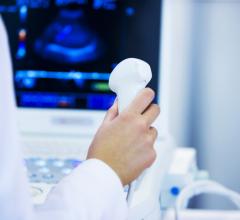
 April 24, 2024
April 24, 2024 
